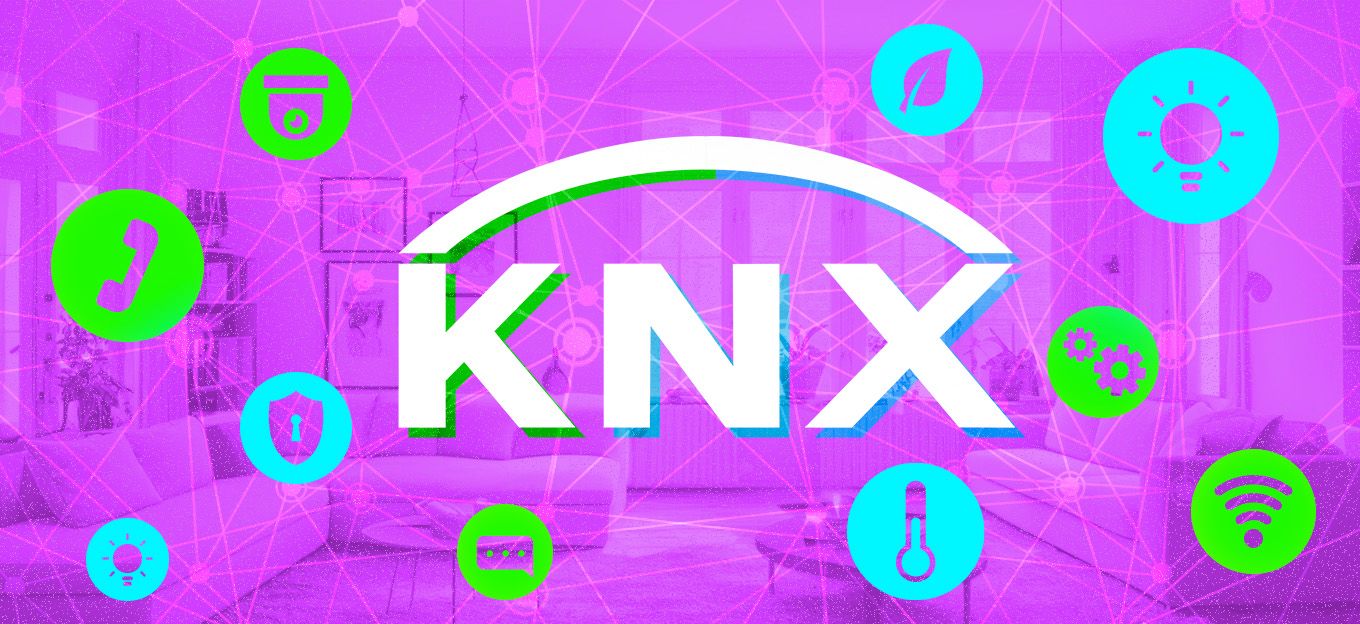4 Ways IoT is Making Building Operations Smart
4 Ways IoT is Making Building Operations Smart
- Last Updated: December 2, 2024
IQnext
- Last Updated: December 2, 2024



The Internet of Things (IoT) is revolutionizing smart building management by enabling a data-driven, sustainable approach to operating and maintaining buildings. By collecting data through connected sensors and devices, facility managers gain valuable insights into usage patterns, system performance, and environmental conditions in real time.
Predictive maintenance, issue solving, optimal space utilization planning, and integration of sustainability measures enable the focus to be directed toward achieving efficiency and high productivity. With AI-powered analytics on continuously streaming IoT data, facilities can reach new levels of operational reliability and energy optimization.
The convergence of sensors, connectivity, automation, and intelligence represents a paradigm shift - buildings that continuously learn and adapt to changing needs.
Smart Building Market
According to research by MarketsandMarkets, the smart building market will be worth around $109 billion, by 2028. The exuberant expansion of smart buildings is mainly driven by the growing use of IoT-enabled building operations and management systems.
Selecting the right facility/building operations solution is crucial for business owners to maximize technological investments amid the proliferation of smart building devices and providers.
Irrespective of being informed of their choices, firstly, they should have a clear picture of the advantages of an IoT-based building management system, and also the core features that make it a worthy investment. Let's take a look at the four important areas that can impact efficient building performance using IoT.
Four IoT Benefits for Smart Buildings
#1: Centralized Functionality
Conventional building management systems are expensive to purchase and install, including environmental control systems, gas, water, and electricity. To integrate IoT, it is not always necessary to completely remove and replace these systems.
IoT enhances functionality with a physically lighter and more scalable infrastructure for centralized control. Additionally, building and facility owners/operators can easily replace IoT vendors, unlike traditional BMS designed to lock in customers.
The IoT-integrated BMS relies on a single point of power for managing the entire system as per requirements.
#2: Effortless Access to Building Data
Nowadays, data is considered to be a crucial component of building management. Without data, there would be no need for the management of any buildings. Management takes operational actions through the consumption of data, which serves as the fuel for decision-making.
IoT enables instant evaluation and collection of operational data, enhancing all aspects of building operations. Moreover, building and facility owners make small upfront investments in IoT devices, minimizing initial costs for data collection.
Processing data at the cloud level, the IoT system enables the provider to offer applications for stakeholders using shared data.
#3: Technical Scalability
Traditional BMS systems are hardware-driven, desktop-based legacy systems that require constant updates and the establishment of new programs to drive simple use cases. Maintenance and upgrades become significant problems because making updates available to the user is time-consuming and expensive.
The IoT system architecture works bottom-up, deriving critical insights from decentralized data within the IoT system structure. Also, cloud-based systems eliminate the need for users to perform manual updates. They log in to web/mobile applications, and updates are ready.
#4: Sustainability
IoT-based smart buildings cut energy costs by automating systems. This technology deploys sensors detecting room occupancy levels, showcasing a noteworthy application of the innovation.
This capability facilitates an intelligent adjustment of lighting and HVAC systems based on real-time occupancy data. Implementing responsive systems ensures optimal comfort and significantly reduces energy consumption for occupants.
Furthermore, IoT-driven smart buildings leverage real-time monitoring to gain valuable insights into usage patterns. Understanding space utilization within the building, especially during off-peak hours, enables the activation of proactive optimization strategies.
Through intelligent occupancy management, real-time monitoring, anomaly detection, and predictive maintenance, these IoT-enabled buildings exemplify a holistic approach to sustainability. This approach optimizes energy usage and promotes the longevity of the built environment.
Fundamental Transformation
IoT is fundamentally transforming smart buildings by connecting devices, people, and processes and optimizing operations for efficiency, sustainability, and responsiveness.
As the evolution of technology takes place, IoT will drive predictive maintenance, enhanced safety, and space utilization whilst also maintaining a sustainable approach to its operation when it comes to the aspect of smart building management systems. By seamlessly linking buildings with user needs and the environment, IoT will make the smart operation of building a standard practice going forward.
The Most Comprehensive IoT Newsletter for Enterprises
Showcasing the highest-quality content, resources, news, and insights from the world of the Internet of Things. Subscribe to remain informed and up-to-date.
New Podcast Episode

Moving Past the Pilot Phase in IoT and AI
Related Articles





